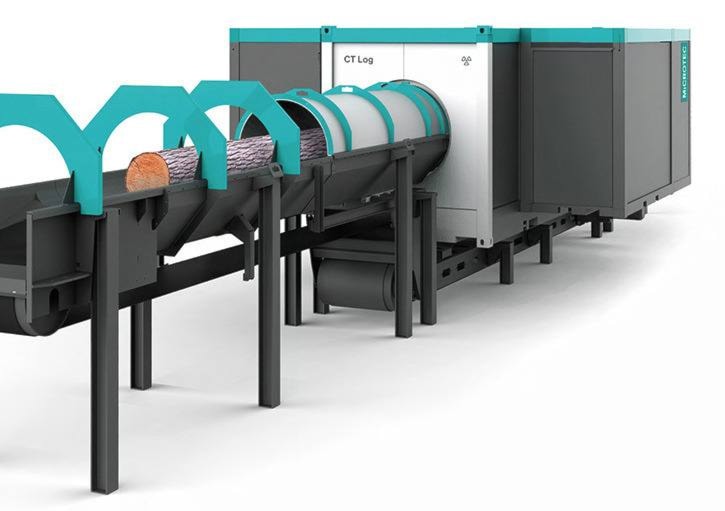
One of a series of articles on the future of the B.C. forest industry. More from this continuing series below.
For Skeena Sawmills in Terrace, the next efficiency tool is a CT scanner, similar to those found in hospitals.
With old hemlock and balsam trees dominant in the area, the mill has struggled to remain competitive with the ups and downs of lumber export markets and currencies. By scanning logs to identify flaws and decay areas, the mill expects to increase its usage of timber and gain efficiency in lumber production.
"A long-standing issue in the Northwest is the decadent hemlock, which is difficult to mill economically due to quality issues," said Greg deMille, woodlands manager for Skeena Sawmills. "If proven effective, this technology would have a substantial impact on Skeena's ability to recover value from low-grade logs, leading to a significant increase in fibre utilization in the area."
Skeena has proposed a pilot project with FPInnovations, the industry-government research and development agency of the Canadian forest industry. It proposes to use a newly developed CT log scanner developed by Austrian mill machinery maker Springer-Microtec, which opened a North American office in Vancouver in 2014.
The company has applied for a startup grant under the B.C. government's Rural Dividend program. The latest batch of applications is being evaluated, but Forests Minister Steve Thomson says this is the kind of project the program was set up to assist.
"We support the idea, and support FP Innovations' work in that area," Thomson said. "We think it could have very significant benefits for that area, because the fibre basket there is not the highest quality, and the ability to extract the maximum value through this technology is something that could really enhance the viability of the operation there and lead to greater utilization."
Skeena's lumber is sold mostly to Japan and China, and chips have supplied the Harmac pulp mill on Vancouver Island.
The Japanese market demands high-end clear boards and posts cut from fir, hemlock or balsam in metric sizes, which are used in traditional post-and-beam Zairai house design. Scanning allows the mill to identify its best logs to tailor to that product.
Shut down by West Fraser Timber in 2007 due to its timber base, a high Canadian dollar and slow U.S. sales, Skeena Sawmills was purchased by Chinese investors Roc Holdings Ltd. and reopened in 2012.
